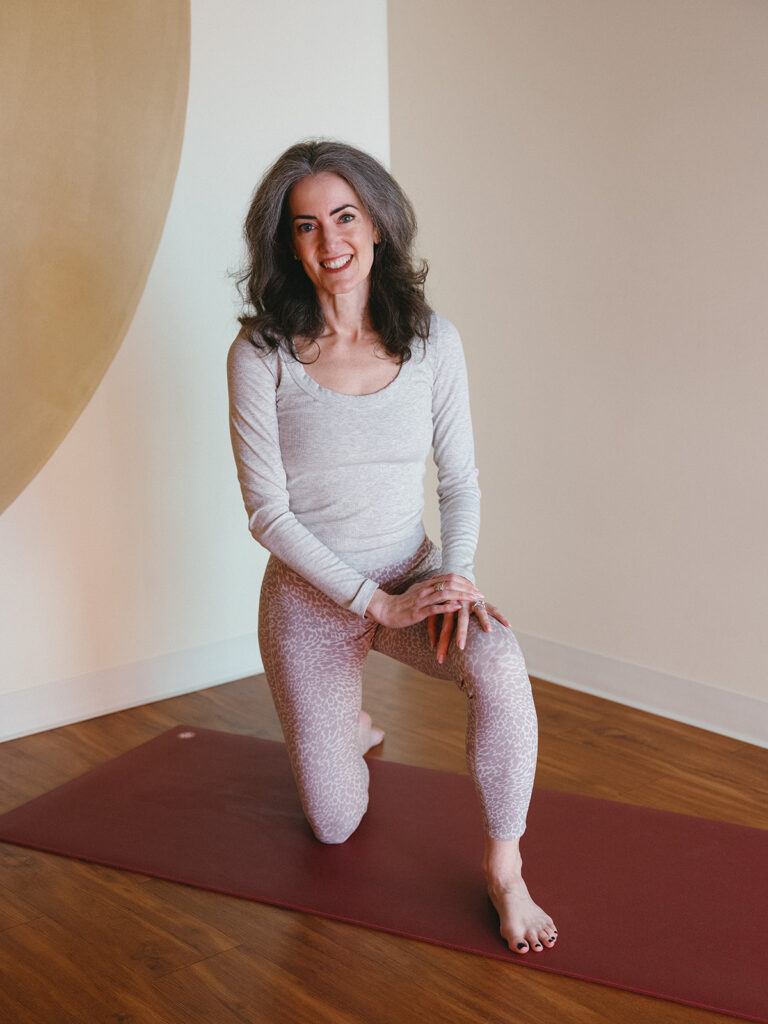As yoga teachers, it’s easy to feel uncomfortable when we look out into a classroom and see nothing but blank expressions on our students’ faces. “They hate this!” you tell yourself.
But what if these quiet faces were a sign of true connection, rather than disengagement?
In episode S1E8 of Yoga Teacher Confidential, we explore why those still, calm expressions are a natural—and even desirable—part of the yoga practice.
the role of stillness in yoga class
In more traditional teaching environments, such as the English literature classes I taught in graduate school, student engagement is often outward and vocal—or at least we want it to be!
But yoga is different. Here, our students are on an internal journey. Outward reactions aren’t needed, and when they happen, they might even indicate a break from the student’s inward connection.
why blank expressions can mean deeper connection
When you’re teaching yoga, you’re inviting students to listen to themselves rather than perform for you or respond to you. A room full of blank faces is usually full of people fully immersed in their own experience.
It’s not an absence of connection; it’s a sign that they’re listening to their own bodies and minds. A furrowed brow or a sleepy face might even be the best feedback you’ll receive!
beware engaged faces and laughter
Seeing students who seem animated and outwardly engaged may actually indicate they’re not fully present within themselves. If you are slipping into the role of the entertainer, you’re pulling your students out of their own world and into yours.
In a yoga classroom, less is often more. Focusing on our students’ experience rather than seeking outward responses creates a space where true yoga—connection and union—can take place.
practical exercise: reframe your expectations
Try this: at your next class, shift your focus from looking for validation in your students’ expressions to trusting the process. Remember that stillness and calm are signs of presence, not detachment.
As a yoga teacher, releasing your need for engagement and trusting that stillness means success can be deeply liberating. Our students’ practice is not a performance—and neither is our teaching. The less we focus on being performers, the more we guide our students toward that all-important journey inward.
For more on how to build quiet confidence in the yoga classroom, check out episode S1E8 of Yoga Teacher Confidential.


